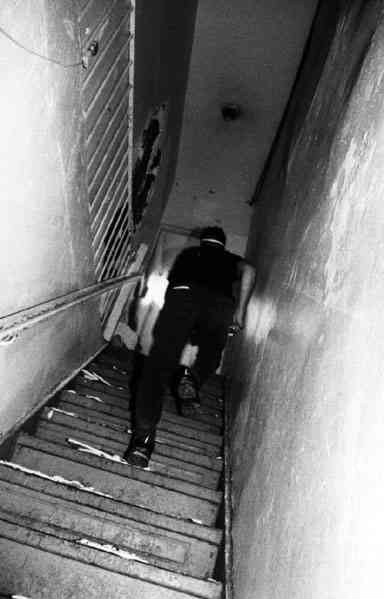Production diary
Crew A includes the students Tomas, Allisson, Alex and their producer Hannah. Crew A are in charge of the title opening.
The theme is ‘Students’ and thus they’re filming will focus around the students of the college.
Wednesday 6th
A member of Crew A, The student Tomas, took advantage of the City of Westminster college open day and using a college Canon HD camera filmed a significant amount for the opening. The crew member Tomas asked a member of staff Charlie Penrose for a selection of photographs that have students around the college as the main subjects which Charlie Penrose himself took.
The filmed the following footage:
· Students talking at the stalls
· Students walking around
· Students and career guides talking about potential opportunities
Thursday 7th+Friday 8th
Two members of Crew A, The students Tomas and Allisson, went out during class to film with an average Canon HD camera and a tripod. They filmed for the majority of the day.
They planned to film the students in average college situations such as class or hanging around different casual environments such as the canteen.
On Friday Crew member Tomas received the student photos from staff member Charlie Penrose.
They filmed the following subjects:
· Students playing basketball
· Students dancing in class
· Students in business class
· Students playing table tennis
· Students playing football during a physical education
This footage was recorded for the purpose of being part of the opening sequence that will open the recorded Student awards
Monday 11th
Members of Crew A, The students Tomas and Allisson plan to use their class time to go out and film students in the gym and then speak to the head of facility of engineering to allow them to film while the class is being taught. Crew A will be filming practical work during a lesson. Canon HD college cameras will be used. Plans to film in a science class where also made for Tuesday.
They filmed the following footage:
· Students preparing the equipment
· Students using the equipment in the gym
· Students exercising
· Human physiology theory
Tuesday 12th
Members of Crew A Alex, Allisson and Tomas filmed the science department during lessons taking place, Members of crew A Allison and Tomas filmed the close protection course during activities. They filmed for a majority of the day with a canon HD. They planned to film students using the science equipment and the close protection course a practical demonstration of what they learn during the class
They filmed the following footage:
Science department students using the equipment
theory science lesson
Close protection course practical demonstration
Wednesday 13th
Crew members Alex, Thomas and Allison filmed outside in front of the college for the opening sequence. Crew member Allison also filmed the sports department.
They filmed the following footage:
Students interacting during college
Students in class
Students in the sports department ( Using the sports equipment, Playing basketball, playing football, talking to the sports teachers)
Students outside the college
Thursday 14th
Crew member Tomas came into college to sort a majority of the footage out and asked member of staff Charlie for some photos he has taken and then began started editing.
Friday 15th
Crew Member Tomas came into the college again to continue editing
Monday 18th
Crew member Tomas completed the first draft of the opening sequence and showed it to the rest of the crew members and removed the filming from close protection.
Monday 2nd December
The client reviewed all the inserts and made suggestions on what they want redone. Crew members Thomas, Allison and Alex went out that afternoon to re film several parts.
Tuesday 3rd
Crew member Thomas re edited with new footage and music and completed the second draft.
Wednesday 4th
Opening sequences was viewed by other crew members and re evaluated. Crew member Thomas reedited.





















